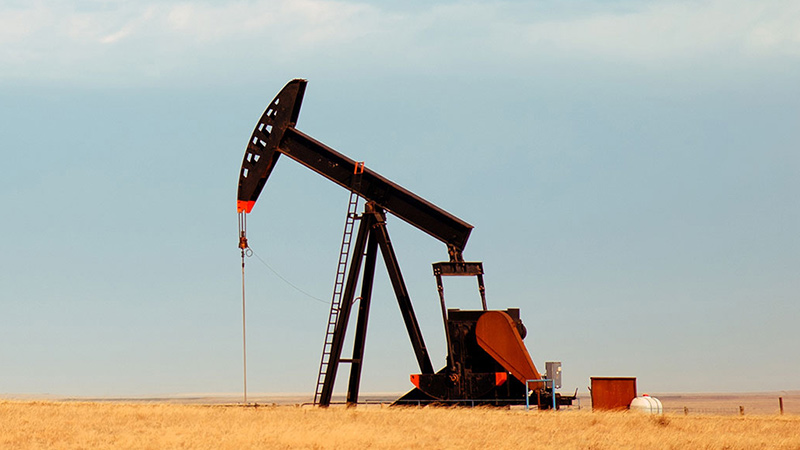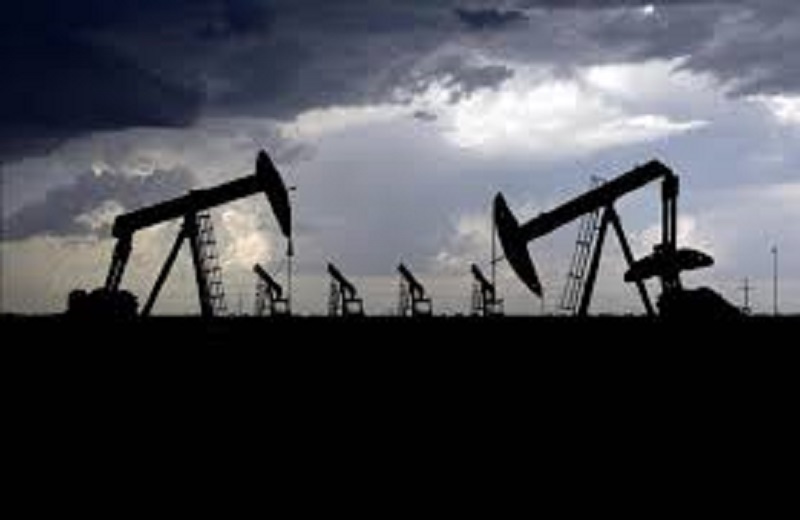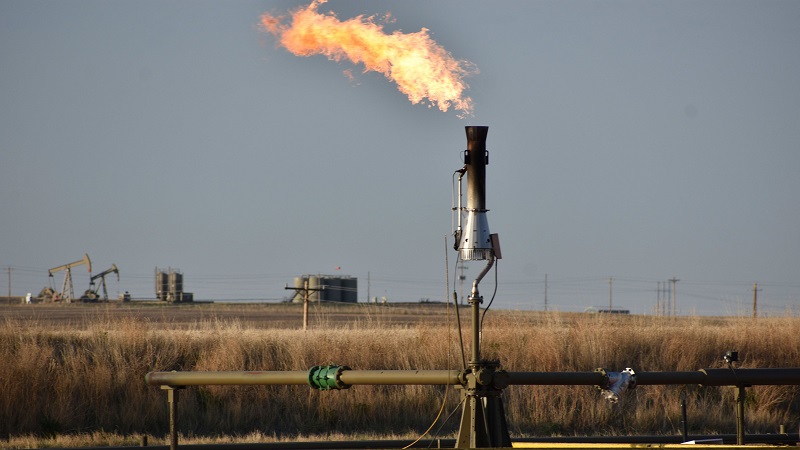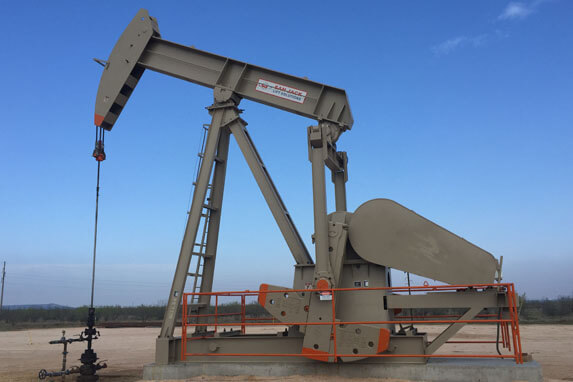Surfactants in petroleum drilling fluids
Main functions of drilling fluid
The cuttings are suspended. Mineral cuttings produced during drilling are much denser than water. When the flow of drilling fluid stops due to drilling failure or drill bit replacement, the drilling cuttings will sink and block the drilling. In order to avoid this kind of accident, the drilling fluid is formulated into a dilatant or thixotropic fluid. The viscosity of this type of fluid increases when the drilling fluid stops flowing, and the drilling cuttings can be suspended in it without sinking. When the fluid flows, the viscosity decreases and then returns to normal. into liquid state.

The rock formation is stable. During the drilling process, the oil-free rock formation must first be drilled, which requires maintaining the stability of the exposed rock formation in the borehole while avoiding the loss of drilling fluid. When the drilling fluid pressure is greater than the capillary pressure of the rock formation pores, the drilling fluid will penetrate into the permeable rock formation in the rock formation. For this reason, anti-penetration additives need to be added to the drilling fluid. Drilling fluids may also interact with the rock formations they pass through. For example, water-based drilling fluids can dissolve salts contained in rock formations, causing instability in the borehole walls. For this purpose, oil-based mud can be used instead, or the drilling hole wall can be protected with steel pipes, and the steel pipes can be reinforced with cement. However, after drilling into the oil reservoir, the composition of the drilling fluid must be changed to avoid blocking the rock pores so that the oil can flow smoothly into the borehole and then flow up to the surface for collection.
Pressure control. In order to ensure that the oil in the rock formation is extracted at a certain flow rate, the pressure of the drilling fluid must be controlled to achieve an appropriate balance with the natural pressure of the fluid in the rock formation. That is, the pressure of drilling fluid on the borehole wall can offset the natural pressure of the aforementioned fluid. If the pressure of the drilling fluid is too high (for example, the weight of the drilling fluid is too large), the rock will be destroyed and the drilling fluid will be lost. This purpose can be achieved by adjusting the solid concentration and composition of the drilling fluid.
Increase drill pipe buoyancy. The deeper the oil well, the longer the drill pipe, and the impact of its weight on the drilling machinery cannot be ignored. Increasing the buoyancy of drilling fluid on the drill pipe will reduce this effect. Adjusting the composition of the drilling fluid or adding certain additives can improve its buoyancy on the drill pipe.
Lubricates and cools drill pipes and drill bits. During the drilling process, the high-speed rotation of the drill pipe and drill bit and the rock can generate heat due to friction, which seriously affects the life of the drill bit and drill pipe. Especially for horizontal wells, drilling fluid is particularly important in lubrication and cooling of drill pipes and drill bits.
Basic knowledge of drilling fluids
Density of drilling fluid. The mass of drilling fluid per unit volume (g/cm3) is the density of drilling fluid. The density of drilling fluid has an important relationship with the pressure exerted by the drilling fluid on the well wall and bottom, balancing the oil and gas pressure in the formation and the lateral pressure of the rock, preventing blowout, protecting the well wall, and preventing high-pressure oil, gas and water from intruding into the drilling fluid. Drilling fluid density that is too small can easily cause blowout, well collapse, and drill sticking. Excessive density may leak out of the formation and damage the oil and gas layers. Due to the high density, the drilling speed will be slowed down and the efficiency of the drill bit in breaking rocks will be reduced.
Drilling fluid viscosity. Drilling fluid viscosity characterizes the friction properties between solid particles and liquid molecules and between liquid molecules when drilling fluid flows. The viscosity of drilling fluid has a great influence on its ability to carry cuttings. The greater the viscosity, the stronger the carrying capacity. However, too high a viscosity may cause too much flow resistance, increase the pump pressure, affect the rotation speed, and easily cause the drill bit to become “mud-packed”, which can cause well collapse, blowout and other conditions, as well as difficulty in mud degassing and sand settling. If the viscosity is too low, it is not conducive to carrying cuttings, and the sand settles too quickly in the well, which may lead to blowouts and other situations. In this way, the requirements for drilling fluid viscosity become very complicated. That is, when the drilling fluid is ejected from the drill bit hole, it has a lower viscosity, which is beneficial for the drill bit to break rocks and clean the bottom of the well; while in the drilling annular space, the drilling fluid has a higher viscosity when it runs upward, which is beneficial for carrying cuttings. This requirement for drilling fluid viscosity requires that the concentrated dispersion system of drilling fluid be thixotropic.

Drilling fluid loses water. Under the action of the pressure difference between the drilling fluid column pressure and the formation pressure, the water in the drilling fluid will seep into the formation from the well walls, pores, and fractures. This phenomenon is called water loss or fluid loss. The amount of water lost is called water loss. At the same time as water is lost, clay particles in the drilling fluid are deposited on the well wall to form a layer of cement (filter cake). Water loss and filter cake formation occur simultaneously. More water loss results in a thicker filter cake; less water loss results in a thin filter cake. But water loss is not the only factor that determines filter cake thickness. Only when water is lost during the drilling process can the filter cake be formed, and the formation of the filter cake can hinder further water loss. Water loss mainly depends on the permeability of the filter cake. During the drilling process, the water loss requirements need to be determined based on the characteristics of the formation rock, well depth, well structure, drilling fluid type, etc. Water loss in formations that are prone to absorbing water, swelling, and collapsing must be strictly controlled. Under the conditions allowed by the well wall, the water loss requirements should be appropriately relaxed to maximize the drilling speed.

Solids content of drilling fluid. The solid content of drilling fluid refers to the percentage of all solid materials (clay, drill cuttings, chemical treatment agents, barite, etc.) contained in the drilling fluid. Some of these solid substances are necessary substances for drilling fluids (such as bentonite powder, chemical treatment agents, weighting agents, etc.) and are called useful solid phases. Other solids (such as drill cuttings, sand, inferior bentonite, etc.) are harmful solid phases. In order to effectively control the performance of drilling fluid and increase the speed of drilling fluid, it is necessary to remove harmful solids and control useful solids. A large solid content in the drilling fluid will significantly reduce the drilling speed, seriously affect the performance of the drilling fluid, cause serious loss of equipment, and may lead to accidents such as stuck drilling and well leakage.
Drilling fluid pH. The pH value of drilling fluid has a great influence on its performance. Clay particles are negatively charged in alkaline media, so the cation exchange capacity is large and the system is stable. Many organic treatment agents (additives) such as humic acid, tannins, etc. can work in alkaline media. Various drilling fluids have their own suitable pH range. Only within this range, the rheological properties of the drilling fluid are suitable. The water loss is small and the performance is relatively stable. In addition, the pH value of the drilling fluid is also the basis for determining the alkali ratio of the treatment agent.
The drilling fluid maintains its circulation through the drilling fluid pump: the drilling fluid is ejected from the drill bit nozzle after passing through the drilling fluid pump, high-pressure manifold, faucet, drill pipe, and drill bit, flows upward along the annular space formed by the drill string and the well wall, and returns After the surface, it flows into the drilling fluid pool through the discharge pipe, and is recycled after being processed by various equipment.
https://www.youtube.com/shorts/tgwNQtonywg

 By Sun
By Sun

